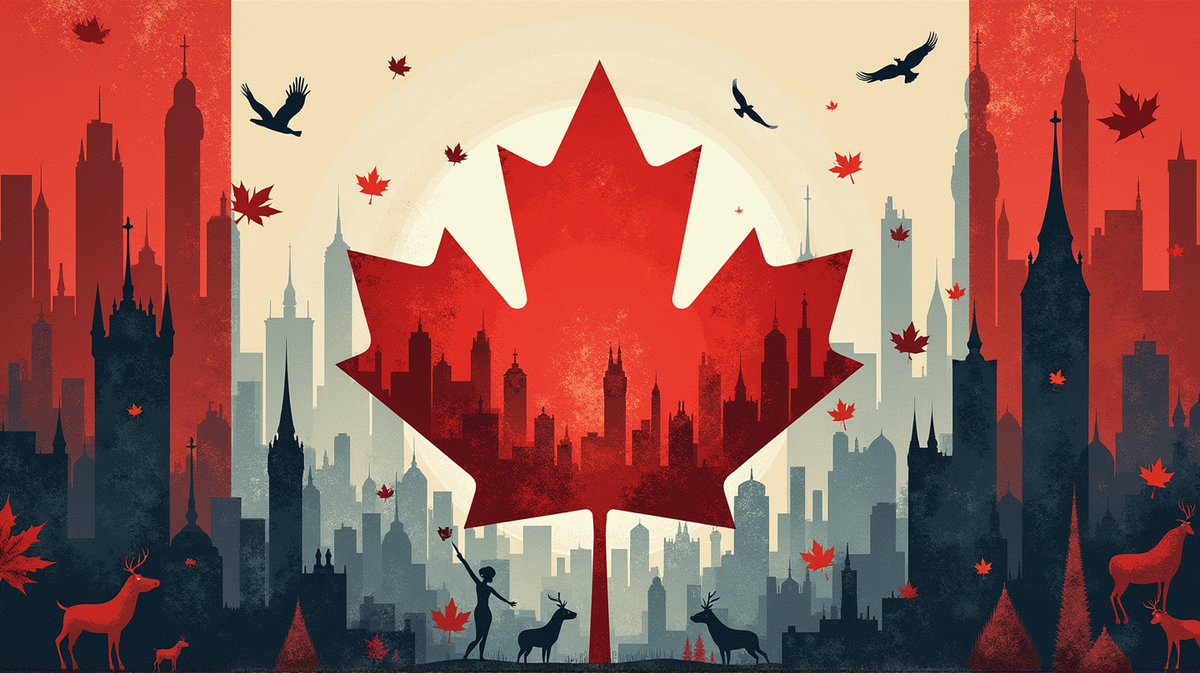Dissonance in Canadian Economic Vision: A Building Storm?
Canada faces a fractured economic vision post-election, with divided public opinion and a lack of cohesive political agendas indicating turbulent times ahead.

As Canadians emerge from a pivotal federal election, the political landscape appears more fragmented than ever, threatening to derail any coherent economic strategy. According to EnergyNow, with the Liberals riding high on a slim victory yet falling short of a decisive majority, there’s an urgent question: Can they navigate these choppy waters, uniting the fractured political terrain and steering the nation towards economic stability?
An Election Result Drawing Divides
The recent federal election has sent shockwaves through the Canadian political landscape. The Liberals, despite leading the vote tally, have not secured the majority needed to lead with a strong mandate. The Conservative party remains a force, reflecting the nation’s divide, with major parties struggling with reduced influence, notably the NDP and Bloc Québécois.
The Liberals’ campaign, featuring a narrative of crisis under former U.S. President Donald Trump, managed to rally some support yet failed to decisively win over the nation. This reflects deep-seated discontent and skepticism among Canadians, hinting at underlying issues within its economic policies.
Shaky Economic Foundations
As Canada’s political parties regroup, the pressing issue remains the nation’s economic direction. Liberal leader Mark Carney faces immense challenges: diversification from a volatile U.S. economic relationship and addressing a stagnating economy that shows little sign of short-term recovery.
The Party’s plan to reduce American dependence involves crafting new international trade deals, a Herculean task fraught with complexity and time constraints.
The Taxation Quandary
Canada’s tax system comes under fresh scrutiny, with calls for innovative reform to rejuvenate the economy. Analysts question whether the Liberals, known for maintaining political tax tactics, can rally the necessary overhaul.
The contrast with Conservative promises, like the strategized tax reforms, raises eyebrows and tempers economic optimism.
Energy Industry Overhaul?
Canada’s energy sector, already beleaguered by policy uncertainties, waits in anticipation. Liberal rhetoric indicates intentions towards more government intervention, but past practices suggest a continuation of a hesitant approach. This indeterminacy may lead to further challenges for a crucial industry already at the crossroads of national economic strategy.
The Path Forward
In dissecting the election’s aftermath, what’s clear is the palpable sense of division and a lack of unified direction. The Canadian public remains in the lurch, hopeful but wary of the political follies of yesteryears.
Without significant rallying and strategic shifts, the day Canadians unify under a singular economic vision seems distant.
For now, Canadians must brace for enduring turbulence, hoping for genuine leadership to emerge from the political hiatus. As Canadians ponder the future, one question resonates: Can this new wave of politics translate into substantive change, or will it merely churn the undercurrents of division?